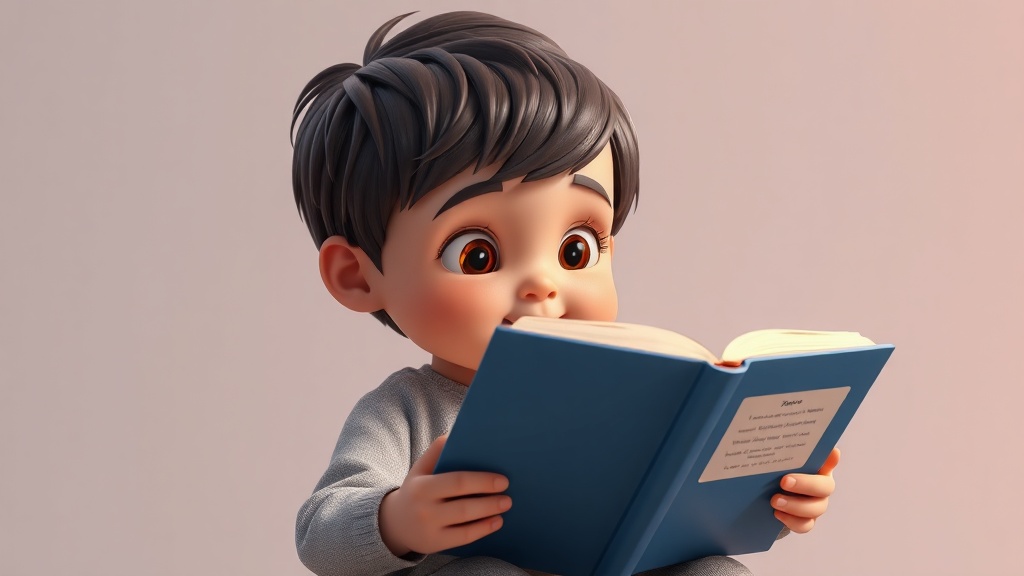Home / Business and Economy / India's Children's Book Market Struggles to Keep Pace with Booming Youth Population
India's Children's Book Market Struggles to Keep Pace with Booming Youth Population
17 Nov
Summary
- India's children's literature market valued at ₹720 crore in 2022, far behind US ($2.6 billion) and UK ($560 million)
- Lack of visibility and marketing for Indian authors, librarians unaware of local talent
- Parents' "Victorian" mindset on children's books as "worthy" rather than engaging

As of November 2025, India's children's literature market is struggling to keep pace with the country's booming youth population. According to reports, the size of the entire market in 2022 was just ₹720 crore (around $86.7 million), despite India having a population of 43 crore people under the age of 18. In comparison, the market size was $2.6 billion for the United States and $560 million for the UK in the same year.
Experts are puzzled by this stark disparity. Is it because Indian children are unable to read? As per the 2024 Annual Status of Educational Research report, only 44.8% of class V students in government schools could read a class II-level text. Or is it that they are simply not inclined to read, as social and digital media take them away from books?
These questions dominated discussions at the recent Neev Literature Festival for Children held in Bengaluru. The event saw the revival of "Inkitaab Zindabad", a dormant collective of 30 Indian children's authors and illustrators, who aim to streamline the creative ecosystem around children's literature.
Venita Coelho, a Goa-based children's author and part of Inkitaab Zindabad, offers some insights. She cites two key reasons for the small market size: the enormous marketing budgets of foreign publishers, which crowd out local authors, and the "Victorian" mindset of Indian parents who view children's books as tools for moral instruction rather than engaging storytelling.
Coelho emphasizes the need for parents to embrace contemporary Indian children's literature that speaks to the realities of today's young readers. She also highlights the systemic challenges faced by local authors, such as the expectation to conduct school visits for free and the lack of standardized royalty structures.
The Inkitaab Zindabad collective aims to address these issues by creating a centralized platform to provide resources and support for children's authors in India. Their goal is to professionalize the industry and ensure that talented local writers can thrive and reach the young readers who desperately need their stories.




